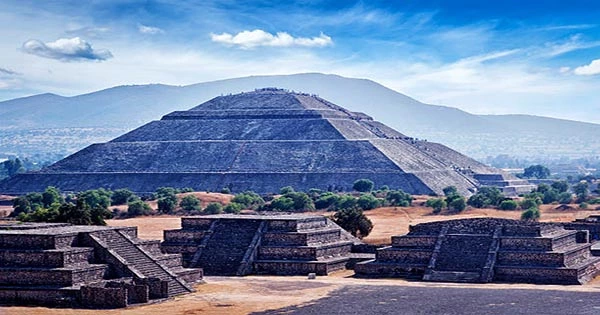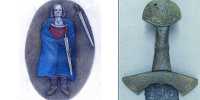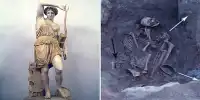According to experts, a network of unsettling rooms and tunnels constructed inside a mysterious temple complex in the Peruvian Andes may have been utilized for ceremonial acts employing hallucinogenic drugs. The Chavn de Huántar temple is the biggest sacred building associated with the Chavn civilisation, which inhabited the area until around 2,200 years ago. The mystery constructions were found in 2019 deep within the temple. Stanford archaeologist John Rick told Live Science that the tunnels’ purpose was almost probably “connected to ceremonial activity,” despite the fact that they are still being investigated and no clear answers regarding their purpose have been discovered.
Rick has written various studies and book chapters demonstrating how Chavn de Huántar’s layout was essential to its ceremonial efficacy. Rick is an authority on the location. He stated, for example, that “the architecture plays a vital part in setting the environment for ceremonies that have as their principal function the reinforcement of the authority and power of the Chavn leadership” in a 2006 article. He uses the strategically placed “ventilation shafts” that enabled sunlight to reach specific ceremonial places to demonstrate his thesis.
This lighting enhanced the effects of some psychotropic herbs that were consumed during these strange ceremonies. The length of the recently found passages varies, with the longest being about 100 meters (300 feet). Many feature dizzying turns and twists, which may have caused dizziness or confusion in people who were using drugs that affect the mind.
There is disagreement about exactly which hallucinogenic plants were consumed at Chaván de Huántar, although it is generally accepted that the mescaline-containing San Pedro cactus was one of the sacraments utilized in rites. The temple has images of the local cactus on fabrics and stone sculptures, although no genuine plant remains have yet been discovered there. Others claim that those who took part in the ceremonies may have inhaled a hallucinogenic snuff derived from the pods of the vilca tree, which includes the DMT derivative bufotenine. Although there is little proof that this substance was ever used, a sculpture that was found at Chaván de Huántar in 1975 seems to show vilca pods.
As inhaling the snuff tends to make one’s nose run excessively, a sequence of sculptured heads with what looks to be snot pouring from their nostrils have been interpreted as more proof supporting the usage of vilca. At Chaván de Huántar, further tools like tiny grinding mortars and “snuff spoons” have also been discovered, however it is hard to know for sure what plants were consumed inside the temple in the absence of plant remnants.
Rick said to IFLScience in an email, “There are no real plant remnants found from the plants, but drug paraphernalia, depictions of the plants in Chavn graphic art, and documentation of drug effects in the art are generally recognized. It’s difficult to determine for sure what happened inside the temple because there is no smoking gun, but whatever they were doing inside had to be quite crazy.
















